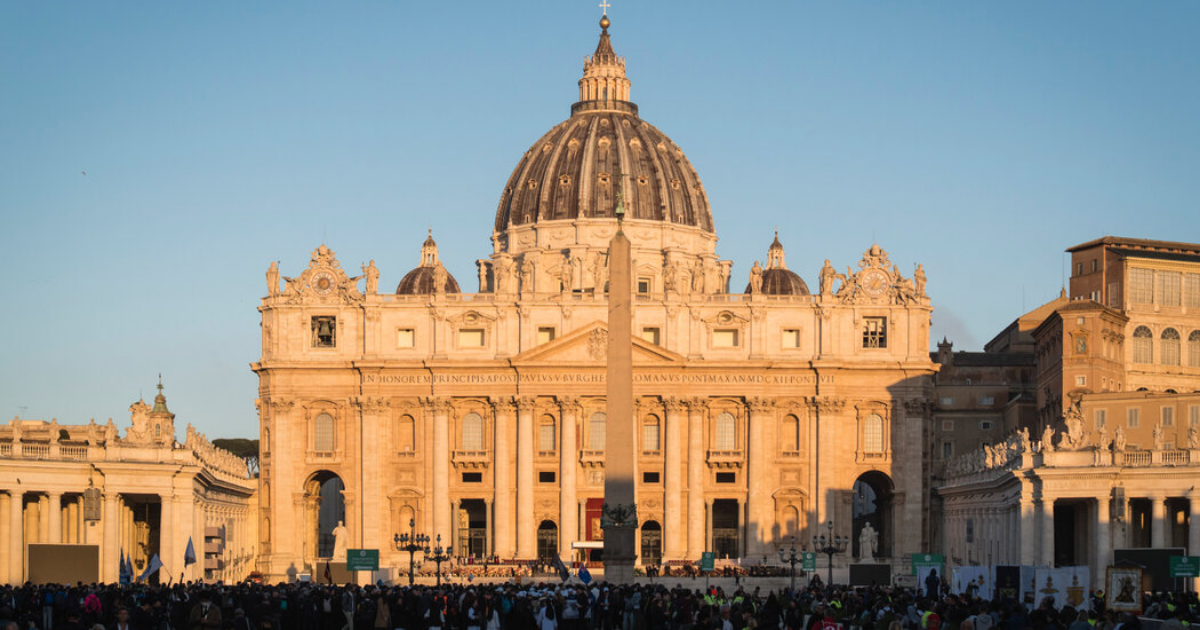Pope Francis often broke from tradition, but the music at his funeral is not.
Also known as plainsong or plainchant, this has been the official musical language of the church for over 1,000 years: austere, somber, unaccompanied and monophonic, meaning that everyone sings the same vocal line, as opposed to more complex polyphony.
“For truly solemn occasions, the best way to express the continuity of the church’s musical tradition is just to have simple chant,” James D. Wetzel, the director of music at the Church of St. Vincent Ferrer in Manhattan, said in an interview. “The church promotes the golden age of Renaissance polyphony, Mozart, Duruflé, modern settings. But pride of place is given to chant.”
So at Francis’ funeral, the main components of the Requiem Mass that anchor the service — like the opening Introit (“Requiem aeternam dona eis, Domine”), Kyrie, Sanctus and Agnus Dei — and sections including the litany of names of saints are being chanted in Latin. The Sistine Chapel Choir, the Pope’s personal choir, is the featured ensemble.
At some other state religious services, like the funeral of Queen Elizabeth II or the coronation of King Charles III, the music is a virtuosic mix of the familiar, obscure and new — meant to be awe-inspiringly different from everyday worship.
But the plainchant melodies at Francis’ funeral will be known to churchgoing Catholics. The music’s sober, unadorned style fits with the ways in which he simplified the elaborate papal funeral rites.
There will be occasions during the funeral for choral singing other than plainchant, but the Vatican, in keeping with its standard practice, has not identified the composers, or if any new music has been written for the occasion. The church has a tradition of priest-composers, including directors of the Sistine Chapel Choir, whose settings may have been selected. It is likely that the psalm “Sicut cervus” (“Like the deer that yearns for running streams”) will be performed in Palestrina’s luminous setting, one of the great examples of Renaissance polyphony.
By intention, however, there will be no obvious musical innovations.
“This is the time for the oldest traditions,” Mr. Wetzel said. “Even with Pope Francis, who was not afraid of surprises or upsetting the apple cart, the music sung at his funeral will be entirely Catholic, with a capital C.”
